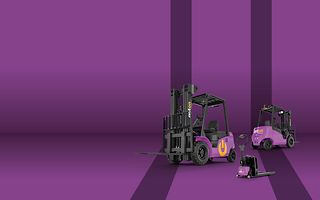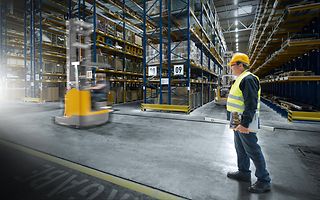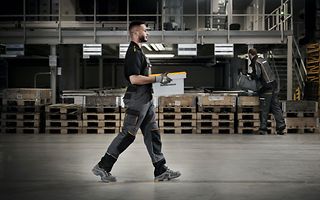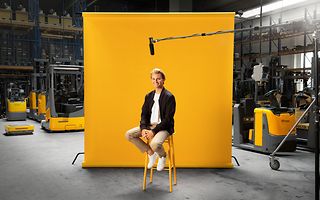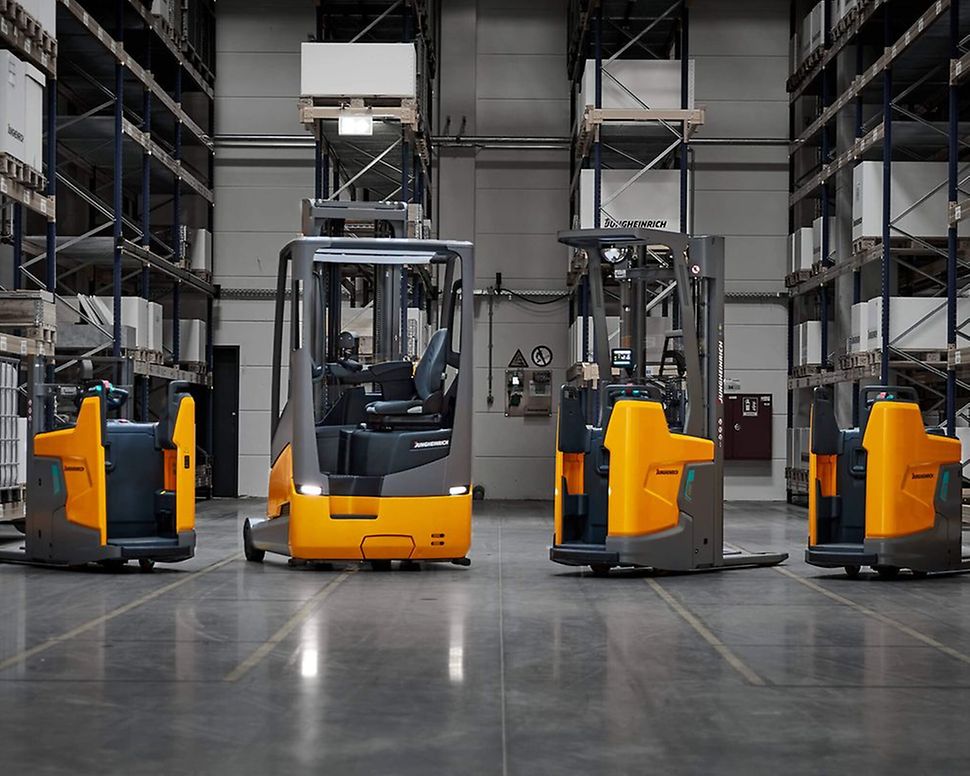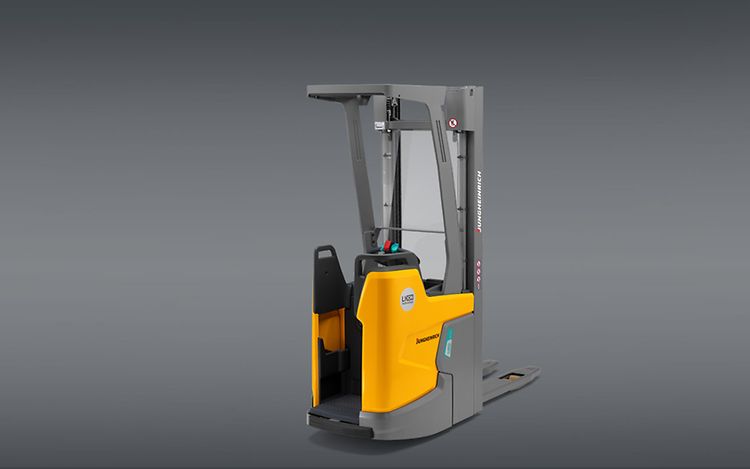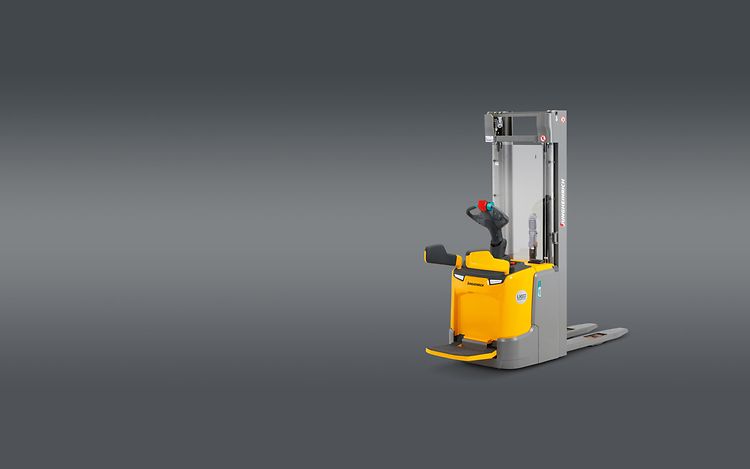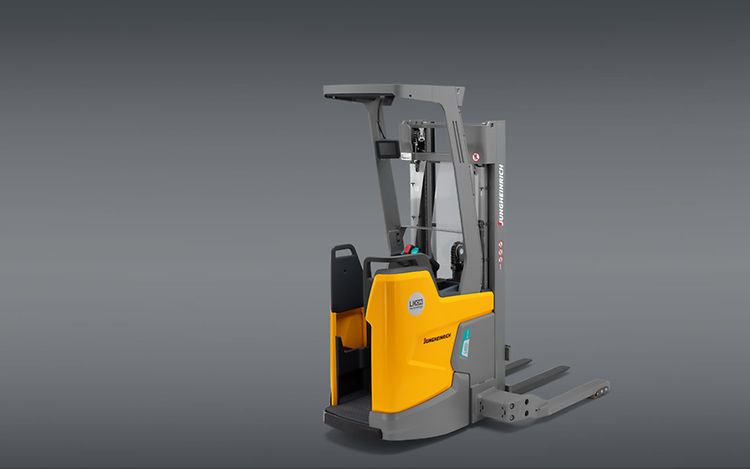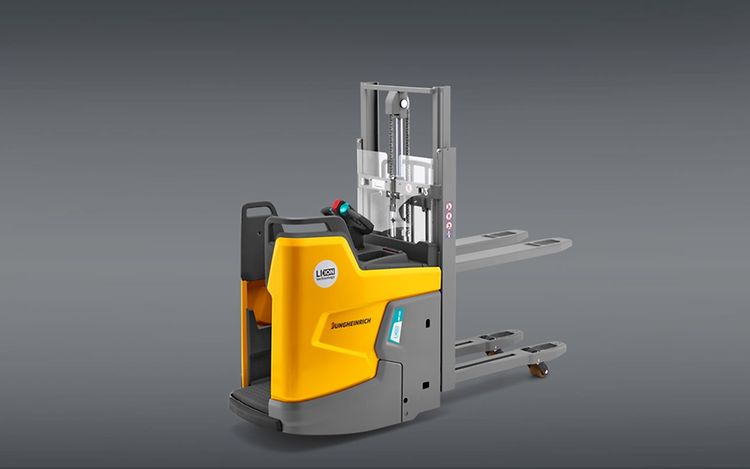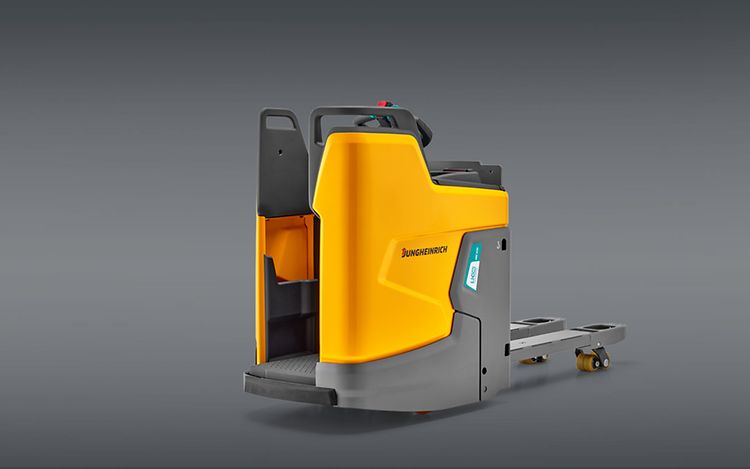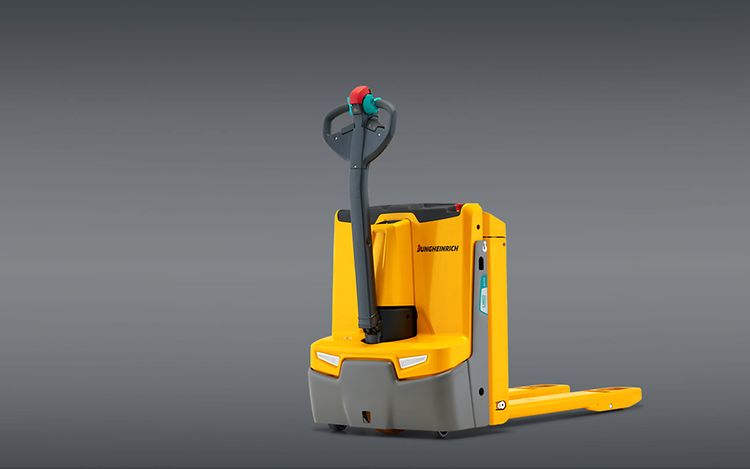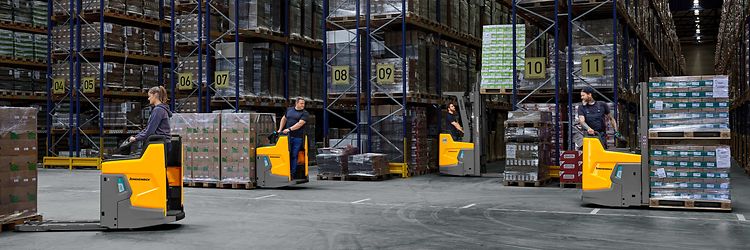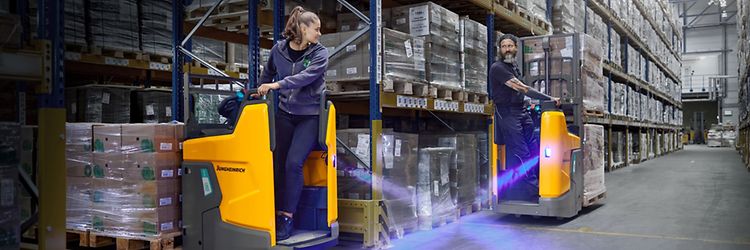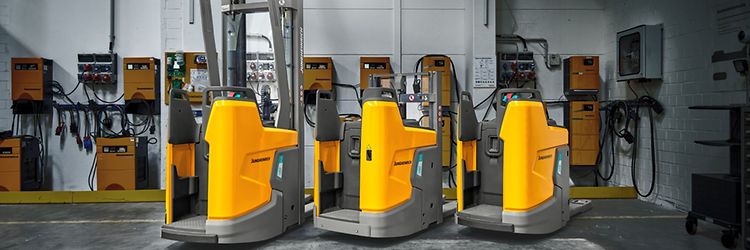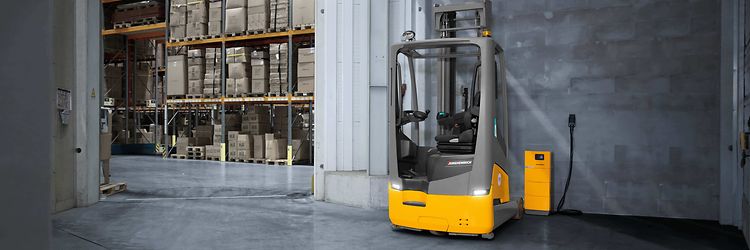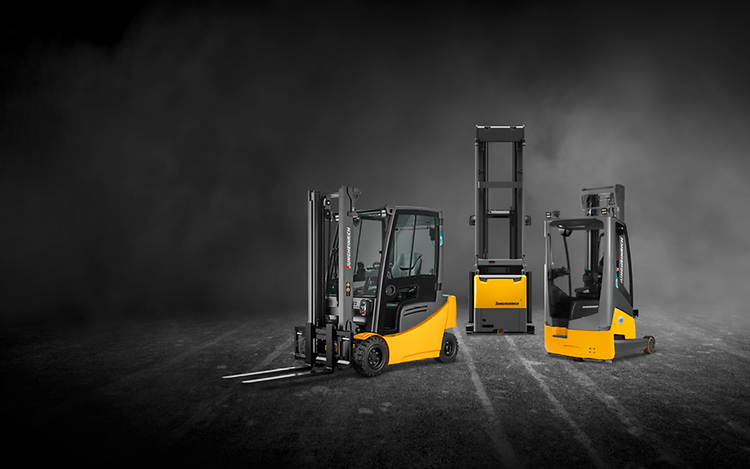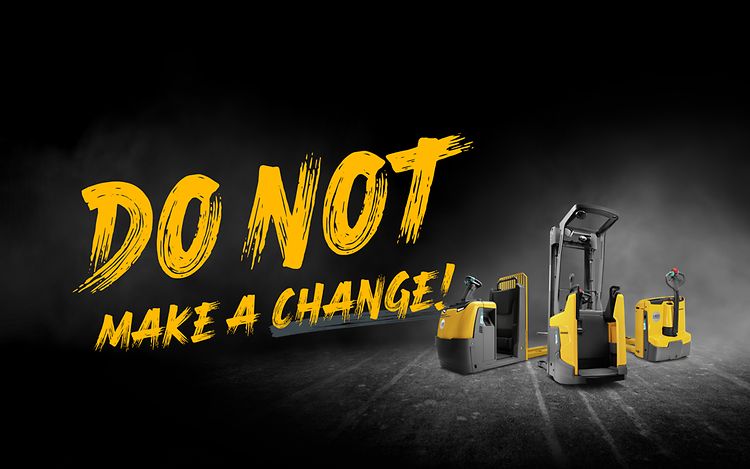-
Your solutionsYour solutions
Jungheinrich Forklift Sales & Warehouse Solutions
- Industries
-
Applications
-
Automation & Systems
Your solutions
-
Lithium-ion technology
Lithium-ion technology
Your solutions
-
Safety
Your solutions
-
Digitalisation & Connectivity
Your solutions
-
Case studies
Your solutions
-
ProductsProducts
Jungheinrich Forklift Sales & Warehouse Solutions
-
New Forklift Sales
New Forklift Sales
Products
- AntOn by Jungheinrich
- Warehouse Racking and Storage
-
Short-Term Forklift Hire
Short-Term Forklift Hire
Products
- Used Forklifts
- Automated components
-
Energy & Drive Systems
Energy & Drive Systems
Products
- Special Builds - Customised solutions
- Industrial IT
-
New Forklift Sales
-
Automation & SystemsAutomation & Systems
Jungheinrich Forklift Sales & Warehouse Solutions
-
Consulting warehouse optimization
Automation & Systems
- Mobile Robots
-
ASRS
Automation & Systems
- Automated pallet warehouse
-
Automated miniload warehouse
Automated miniload warehouse
Automation & Systems
-
Jungheinrich PowerCube
Automation & Systems
-
Storage Systems
- Digital Products & Software Solutions
-
CPD Courses
Automation & Systems
-
Consulting warehouse optimization
-
ServicesServices
Jungheinrich Forklift Sales & Warehouse Solutions
-
Forklift Statutory Inspections (GA1)
Services
- Urgent service case
- Service packages
- Original spare parts & accessories
-
Energy services for industrial trucks
Services
-
Operating Manuals
Services
-
Training
Training
Services
- Forklift Training Courses
- Forklift Instructor Courses
- Online Courses
-
Other Driver Training Courses
Other Driver Training Courses
Training
- Gantry Overhead Crane Course
- Load Securing Course
- MEWP Course
- Yard Shunter Course
- Banksman (Signaller) Course
- 4x4 Off-Road Training
- Decision-Defensive Driver Training
- Truck Mounted Forklift Training Course
- Tail Lift Operator Training Course
- Abrasive Wheels Instructor Course
- Tow Truck Course
- Driving for work training
- Hand Pallet Truck Training Course
- Driver CPC Courses (Cork)
- Health & Safety Courses
- Warehouse Safety Courses
- Fire & Chemical Safety Courses
- Safety Assessments & Documentation Training
-
Forklift hire
Services
-
Financing
-
Forklift Statutory Inspections (GA1)
-
About UsAbout Us
Jungheinrich Forklift Sales & Warehouse Solutions
-
Find your location
About Us
-
Careers
About Us
- Innovation & Aspiration
- Stories
-
Events/Press Releases
About Us
-
Terms & Conditions
About Us
-
Find your location
-
ShopShop
Jungheinrich Forklift Sales & Warehouse Solutions
-
Hand Pallet Trucks
Shop
-
Electric Pallet Trucks
Shop
-
Electric Stacker Trucks
Shop
-
Electric Forklifts
Shop
-
Hand Pallet Trucks
